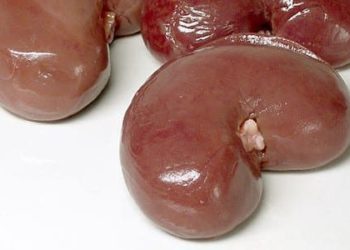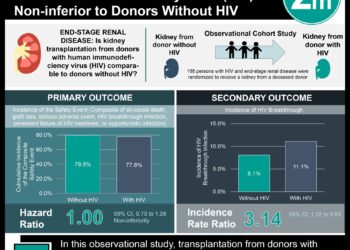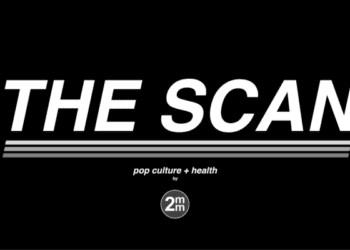Belatacept provides better long-term immunosuppression in kidney transplantation than cyclosporine: The BENEFIT study
1. Seven years after transplantation, patient and kidney graft survival and function were significantly higher with belatacept than cyclosporine based immunosuppressants.
2. The cumulative frequencies of serious adverse events were similar across both belatacept and cyclosporine groups.
Evidence Rating Level: 1 (Excellent)
Study Rundown: Renal transplant immunosuppressive therapies usually include calcineurin-inhibitors, like cyclosporine, with antiproliferative drugs and glucocorticoids. These regimens have shown improved outcomes in the short-term however may not provide adequate allograft protection over the long-term. Belatacept, a selective costimulation blocker, was developed to increase long-term immunosuppression without the toxic effects of calcineurin inhibitors. The interim results of the BENEFIT trial showed that belatacept was associated with similar patient and graft survival when compared to cyclosporine however had significantly improved renal function. This report summarizes the final efficacy and safety of belatacept up to 7 years after transplantation in the BENEFIT population.
Both belatacept regimens resulted in a 43% reduction in risk of death or graft loss as compared to cyclosporine. There was also a significant increase in estimated glomerular filtration rate (eGFR) with belatacept therapy whereas cyclosporine treatment was associated with a decline in eGFR. Frequencies of adverse events were similar across all treatment groups. Strengths of this study include use of intention-to-treat analysis and long follow-up with adequate retention. A major limitation of this study is the lack of comparison to tacrolimus, the current standard-of-care calcineurin inhibitor, as opposed to cyclosporine.
Click to read the study, published today in NEJM
Relevant Reading: A phase III study of Belatacept-based immunosuppression regimens versus cyclosporine in renal transplant recipients (BENEFIT Study)
In-Depth [randomized controlled trial]: This international, randomized, single-blind, parallel-group with active control study started patient enrollment in January 2006 with initial primary endpoint analysis in June 2008 and followed patients for 84 months. Kidney transplant recipients were randomly assigned to a more intensive (MI) belatacept regimen, a less intensive (LI) regimen or a cyclosporine-based regimen and followed for renal function (eGFR), patient and graft survival as well as adverse events.
From the 660 patients who were treated, 153 of 219 MI patients, 163 of 226 LI patients and 131 of 215 cyclosporine patients were included in the final analysis. There was a significant reduction in the composite risk of death or graft loss in both MI and LI belatacept regimens (HR=0.57, 95% [CI] 0.35-0.95; p=0.02 and HR=0.57, 95% [CI] 0.35-0.94; p=0.02, respectively). However, when analyzed individually these rates, while showing a trend towards belatacept, were non-significant. The mean eGFR increased significantly during follow-up for both belatacept regimens however decreased with cyclosporine-based regimen (p<0.001).
Image: PD
©2016 2 Minute Medicine, Inc. All rights reserved. No works may be reproduced without expressed written consent from 2 Minute Medicine, Inc. Inquire about licensing here. No article should be construed as medical advice and is not intended as such by the authors or by 2 Minute Medicine, Inc.






![Galangin may sensitize apoptosis-resistant renal carcinoma cells [PreClinical]](https://www.2minutemedicine.com/wp-content/uploads/2016/01/Papillary_renal_cell_carcinoma_-_very_high_mag-75x75.jpg)
